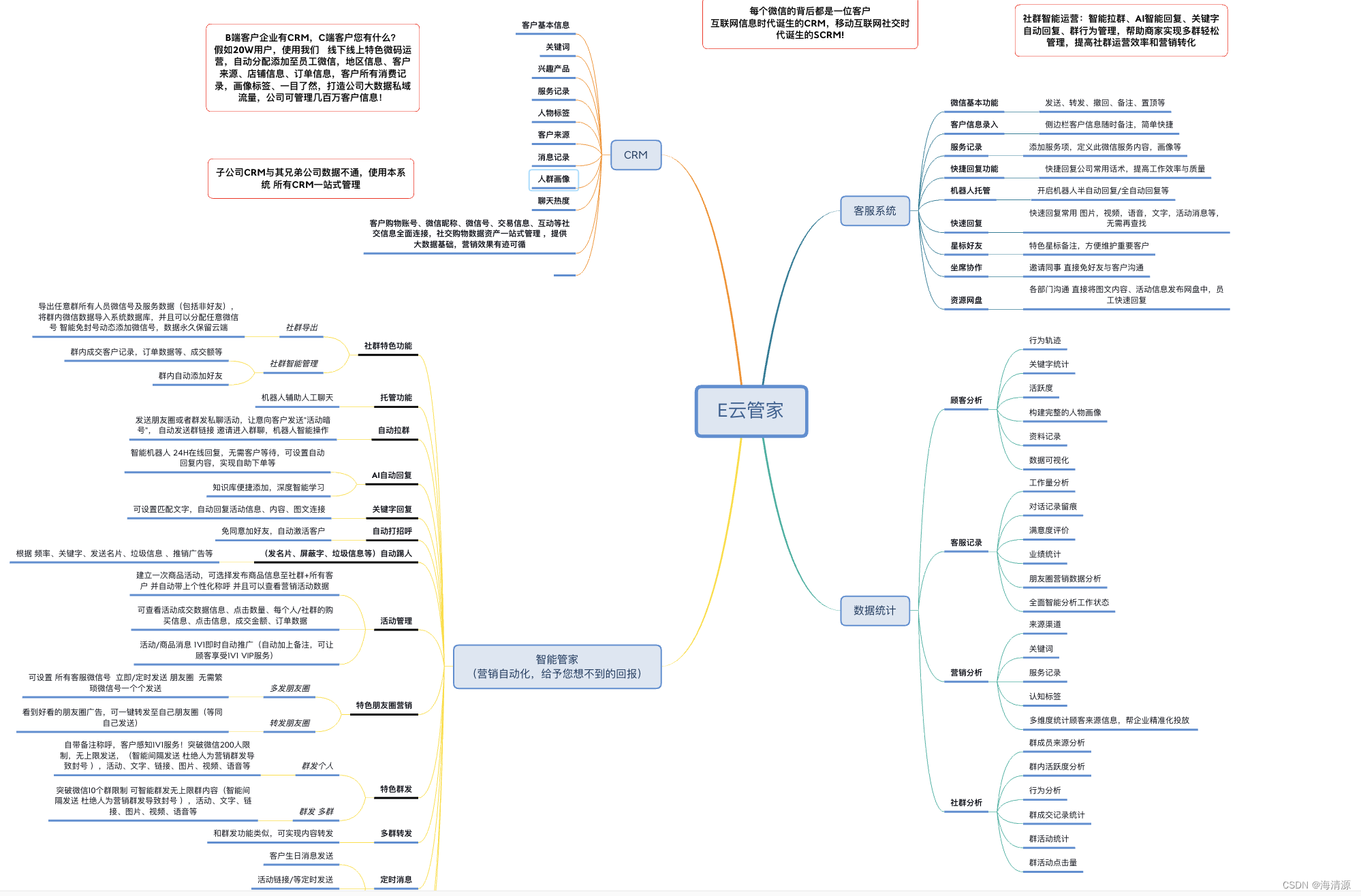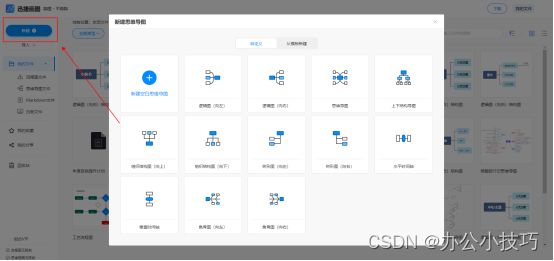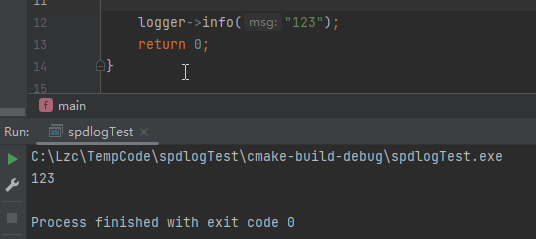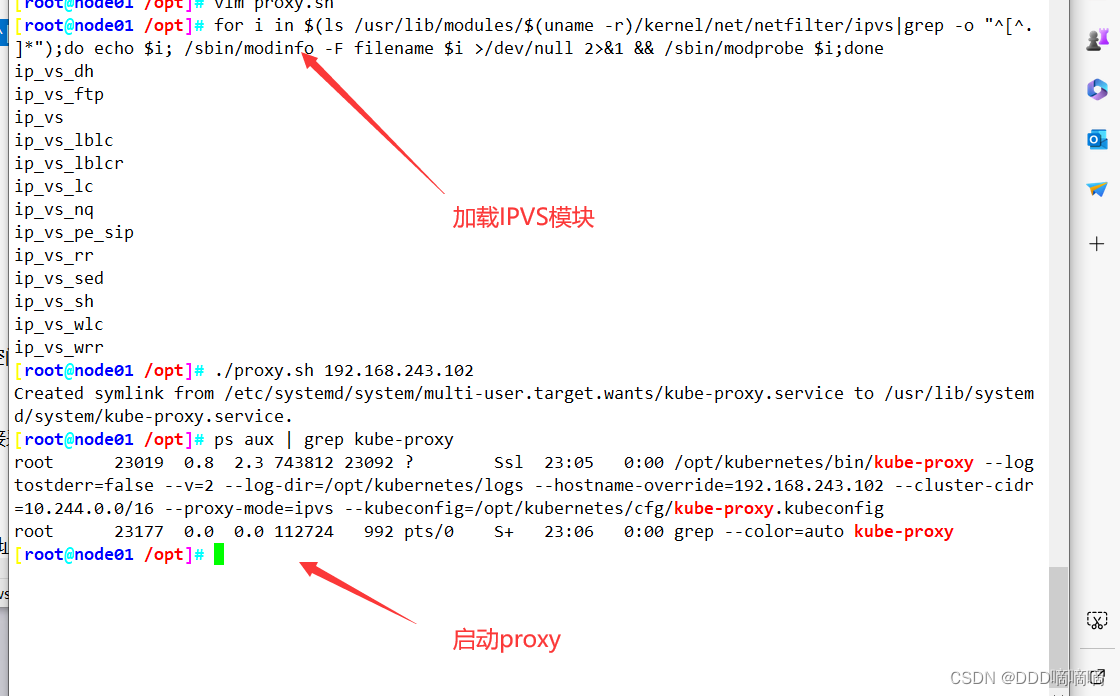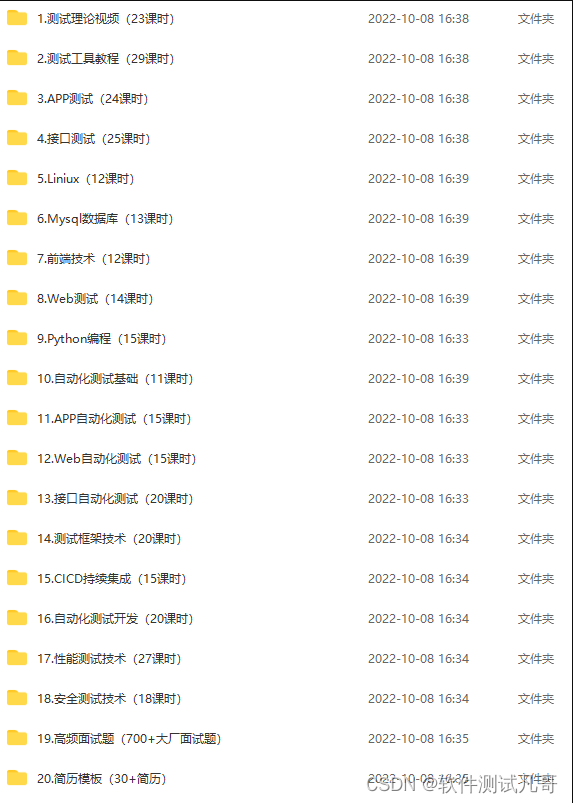文章目录
- 四、双向带头循环链表的实现
- List.h
- List.c
- 创建返回链表的头结点
- 双向链表打印
- 双向链表尾插
- 双向链表尾删
- 双向链表头插
- 双向链表头删
- 双向链表查找
- 双向链表在pos的前面进行插入
- 双向链表删除pos位置的节点
- 五、单链表与双链表比较
什么是链表及单链表的实现请跳转: 链表(一) 单链表操作详解

四、双向带头循环链表的实现
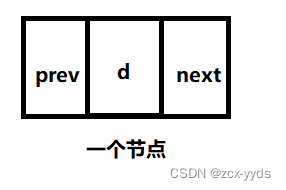
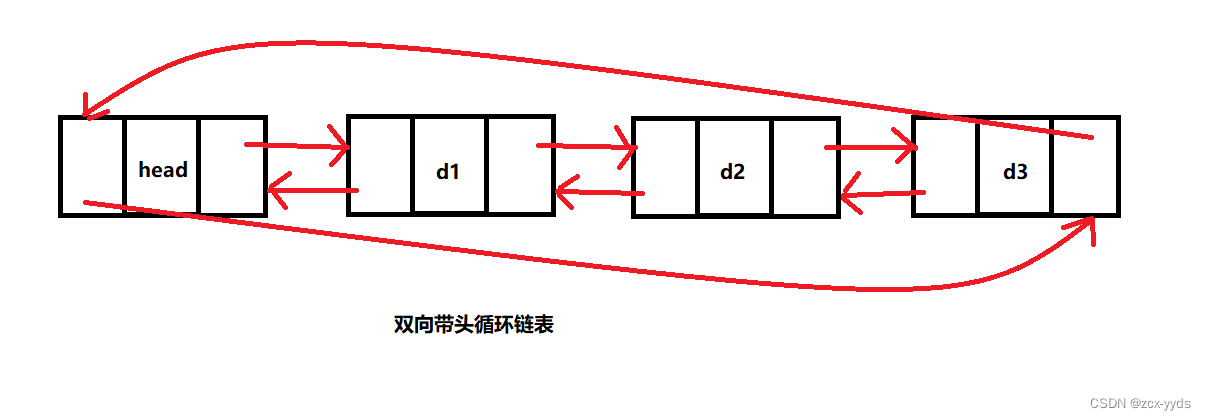
代码结构设计:
- List.h: 存放链表结构及需要用到的头文件,函数声明等
- List.c: 各种操作函数的具体实现
List.h
#pragma once
#include <stdio.h>
#include <stdlib.h>
#include <assert.h>
// 带头+双向+循环链表增删查改实现
typedef int LTDataType;
typedef struct ListNode
{
LTDataType data;
struct ListNode* next;
struct ListNode* prev;
}ListNode;
// 创建返回链表的头结点.
ListNode* ListCreate();
// 双向链表打印
void ListPrint(ListNode* pHead);
// 双向链表尾插
void ListPushBack(ListNode* pHead, LTDataType x);
// 双向链表尾删
void ListPopBack(ListNode* pHead);
// 双向链表头插
void ListPushFront(ListNode* pHead, LTDataType x);
// 双向链表头删
void ListPopFront(ListNode* pHead);
// 双向链表查找
ListNode* ListFind(ListNode* pHead, LTDataType x);
// 双向链表在pos的前面进行插入
void ListInsert(ListNode* pos, LTDataType x);
// 双向链表删除pos位置的节点
void ListErase(ListNode* pos);
List.c
#include "List.h"
//创建节点,此函数用于方便创建节点
ListNode* ListBuy(int x)
{
ListNode* node = (ListNode*)malloc(sizeof(ListNode));
if (node == NULL)
{
perror("malloc fail");
exit(-1);
}
node->data = x;
node->next = NULL;
node->prev = NULL;
return node;
}
创建返回链表的头结点
ListNode* ListCreate()
{
ListNode* head = ListBuy(0);
head->next = head;
head->prev = head;
return head;
}
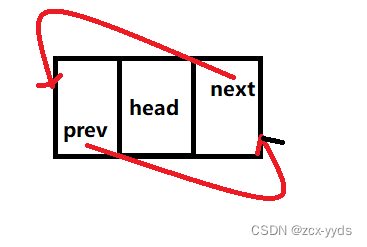
双向链表打印
void ListPrint(ListNode* pHead)
{
assert(pHead);
ListNode* cur = pHead->next;
printf("head <=> ");
while (cur != pHead)
{
printf("%d <=> ", cur->data);
cur = cur->next;
}
printf("\n");
}
双向链表尾插
void ListPushBack(ListNode* pHead, LTDataType x)
{
assert(pHead);
ListNode* newNode = ListBuy(x);
ListNode* tail = pHead->prev;
tail->next = newNode;
newNode->prev = tail;
pHead->prev = newNode;
newNode->next = pHead;
}
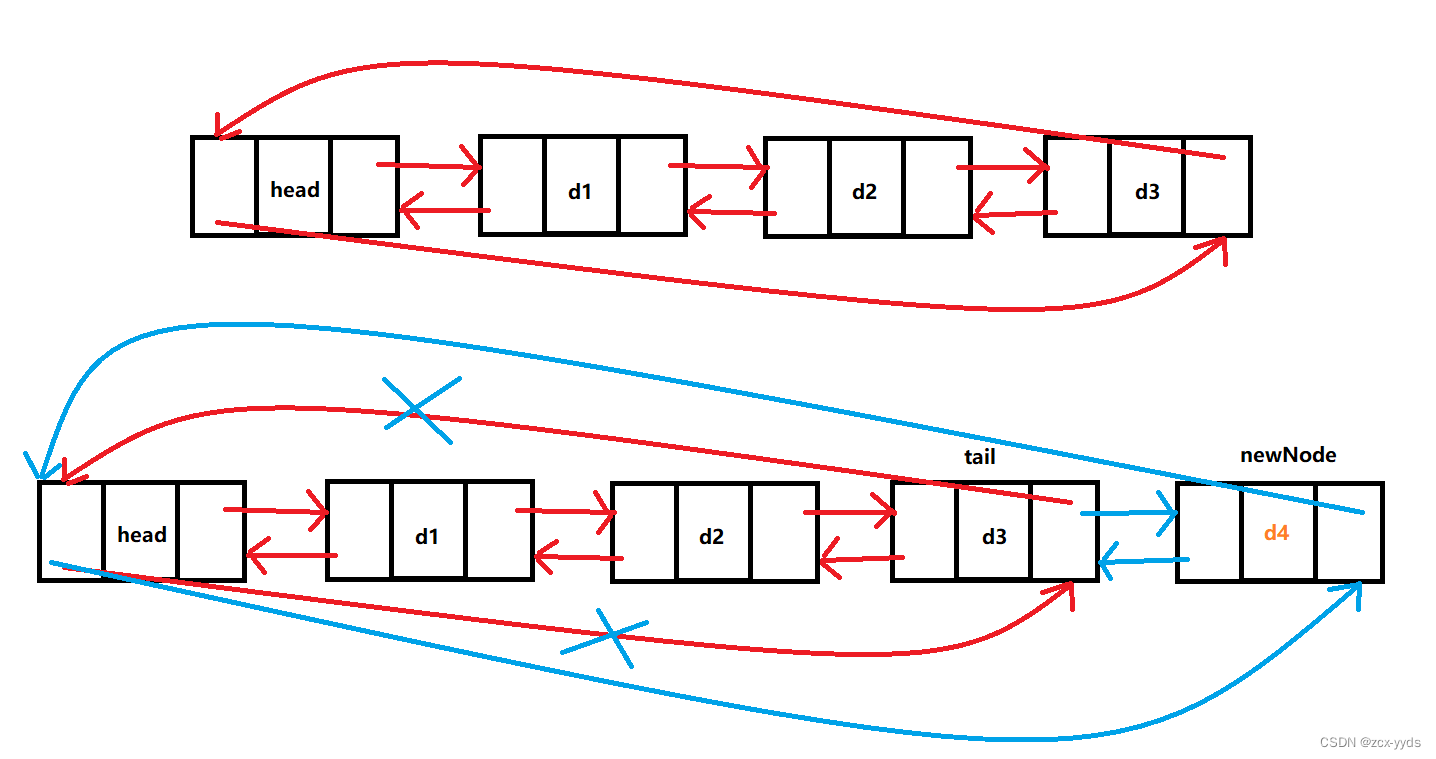
双向链表尾删
void ListPopBack(ListNode* pHead)
{
assert(pHead);
assert(pHead->next!=pHead);
ListNode* tail = pHead->prev;
ListNode* tailPrev = tail->prev;
free(tail);
tailPrev->next = pHead;
pHead->prev = tailPrev;
}
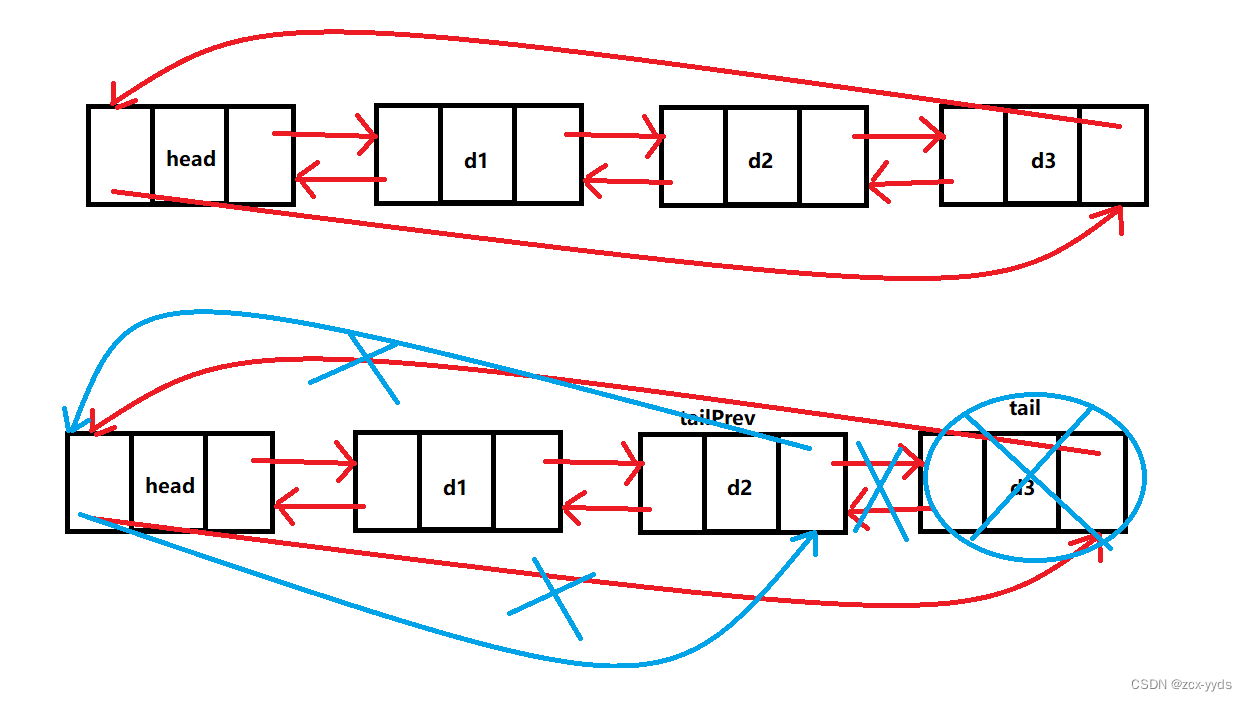
双向链表头插
void ListPushFront(ListNode* pHead, LTDataType x)
{
assert(pHead);
ListNode* first = pHead->next;
ListNode* newNode = ListBuy(x);
pHead->next = newNode;
newNode->prev = pHead;
newNode->next = first;
first->prev = newNode;
}
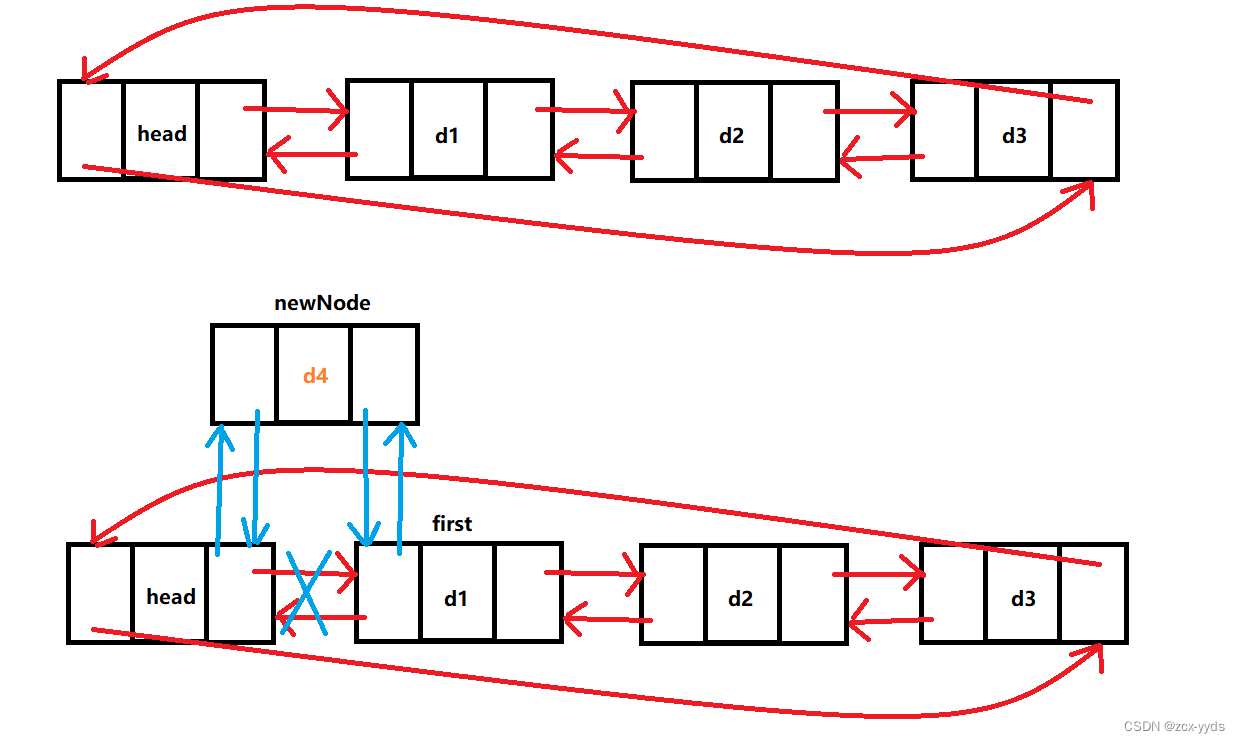
双向链表头删
void ListPopFront(ListNode* pHead)
{
assert(pHead);
assert(pHead->next!=pHead);
ListNode* first = pHead->next;
ListNode* second = pHead->next->next;
free(first);
pHead->next = second;
second->prev = pHead;
}
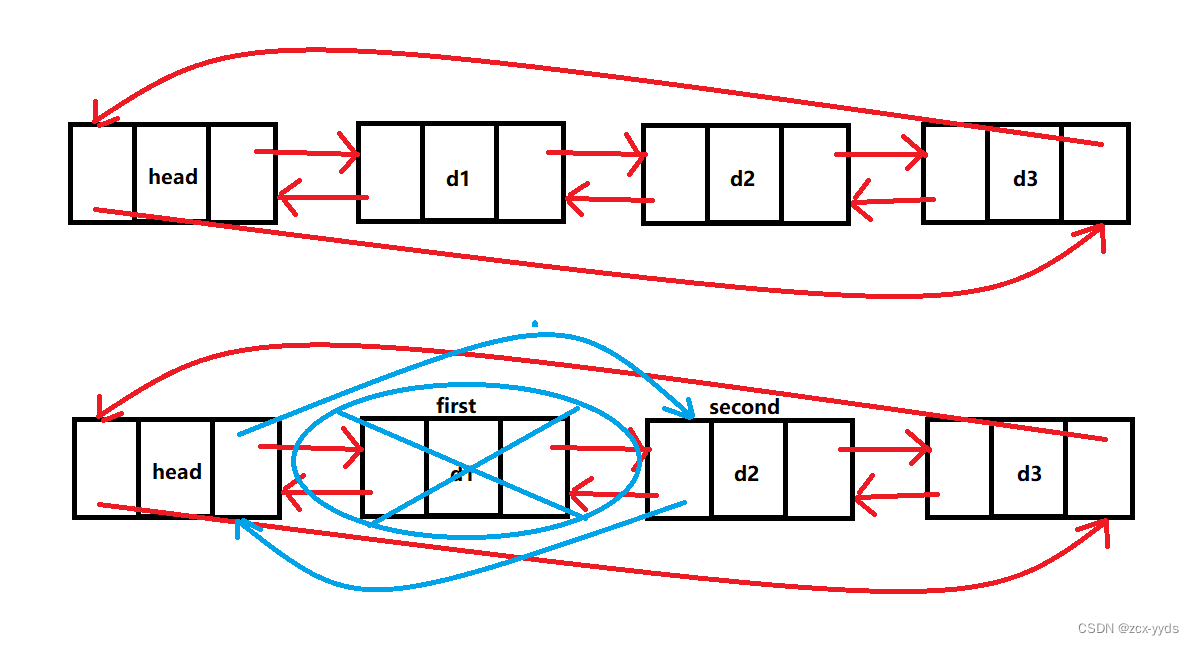
双向链表查找
ListNode* ListFind(ListNode* pHead, LTDataType x)
{
assert(pHead);
ListNode* cur = pHead->next;
while (cur != pHead)
{
if (cur->data == x)
{
return cur;
}
cur = cur->next;
}
return NULL;
}
双向链表在pos的前面进行插入
void ListInsert(ListNode* pos, LTDataType x)
{
assert(pos);
ListNode* posPrev = pos->prev;
ListNode* newNode = ListBuy(x);
posPrev->next = newNode;
newNode->prev = posPrev;
newNode->next = pos;
pos->prev = newNode;
}
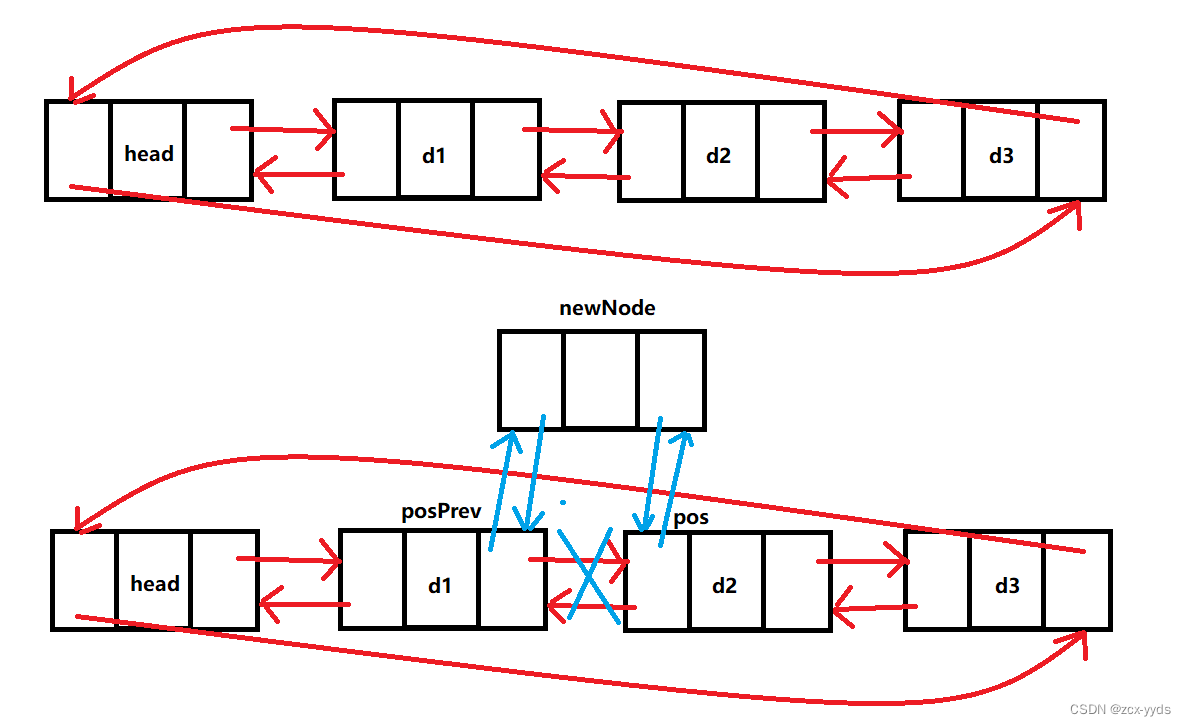
双向链表删除pos位置的节点
void ListErase(ListNode* pos)
{
assert(pos);
ListNode* posPrev = pos->prev;
ListNode* posNext = pos->next;
free(pos);
posPrev->next = posNext;
posNext->prev = posPrev;
}

五、单链表与双链表比较
| 单链表 | 双链表 | |
|---|---|---|
| 存储空间 | 物理上一定连续 | 逻辑上连续,物理上不一定 |
| 随机访问 | 支持 :O(1) | 不支持 :O(n) |
| 任意位置插入删除元素 | 可能需要搬移元素,效率低:O(N) | 只需修改指针指向 |
| 插入 | 动态顺序表,空间不够时需要扩容 | 没有容量的概念 |
| 应用场景 | 元素高效存储+频繁访问 | 任意位置插入和删除频繁 |
| 缓存利用率 | 高 | 低 |

